An interview with Brian AlbertsOne of the joys of running a blog is when you unexpectedly encounter like minded people. People who have the same obsession and used it as inspiration to go down a similar path, and, somehow, make you feel a little bit more normal. Brian Alberts is the creative mind behind Brewed Culture, a blog which aims to place beer within its context. He is currently working on his PhD in 19th century brewing in America at Purdue University. I stumbled across his blog awhile back and immediately bookmarked the site. This is a person I wish I could sit down and have a pint with. So for now, via the power of the internet, I had a brief online conversation to get to know Brian a little bit better Have a favorite beer at the moment?Officially my favorite beer is Three Floyds’ Zombie Dust, which is definitely deserving, but there are too many great beers out there to nail down just one. Some recent highlights for me have been Brickstone APA (out of Chicago), New Glarus’ Oud Bruin and Cran-bic special releases (only in Wisconsin!), and New Albanian’s Black and Bluegrass ale (southern Indiana, right by Louisville). Beer style?I don’t really “discriminate” among beer styles. I’ve encountered bad beer, sure, but no bad styles yet. Right now I’m most interested in Oktoberfest seasonals. Ayinger’s Oktoberfest märzen is far and away the best I’ve had, but on the American side I’m a sucker for New Glarus’ Staghorn. But I’m also hoping to attend Cincinnati’s “Oktoberfest Zinzinnati” this year, the largest Oktoberfest celebration in the United States, so I’ll make sure to keep an open mind. What got you interested in Beer history? |
Jordan RexBeer archaeologist Archives
November 2017
Categories
All
|
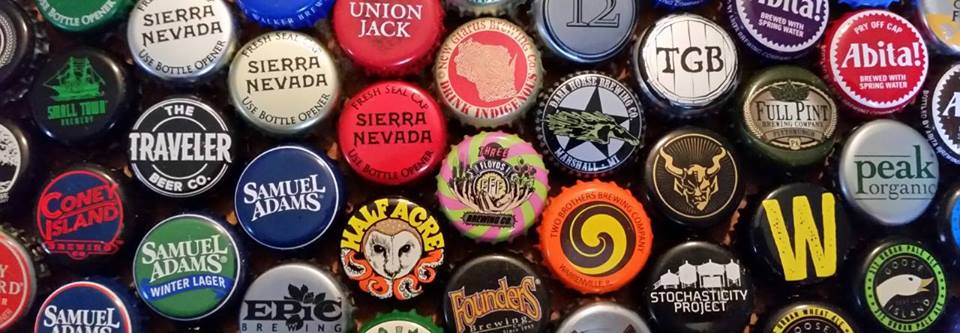
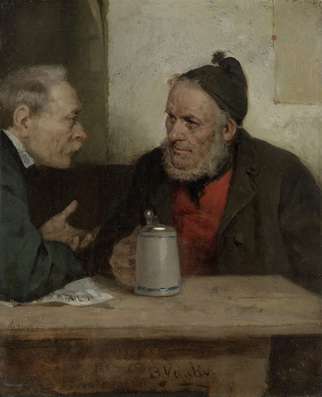
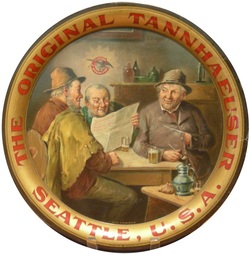
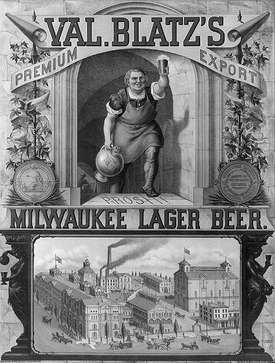
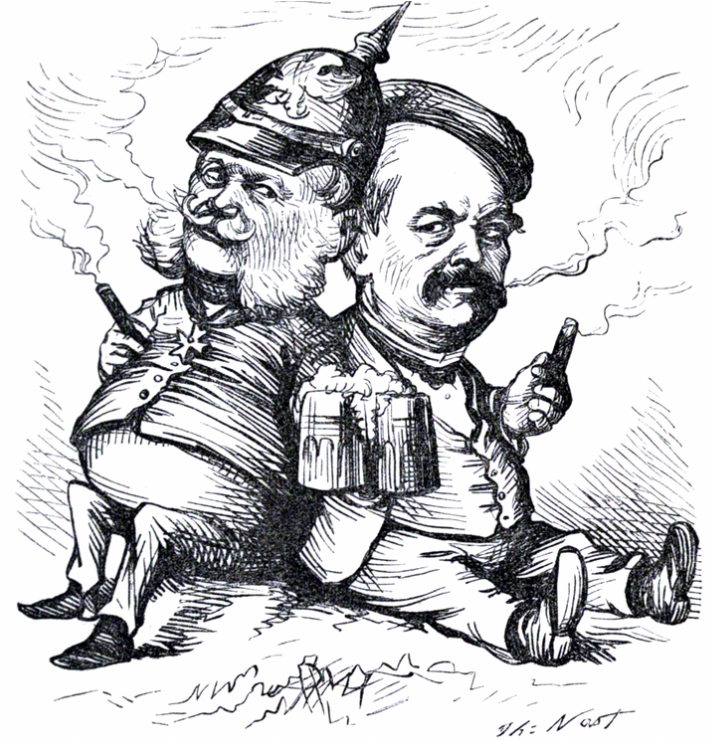
 RSS Feed
RSS Feed
